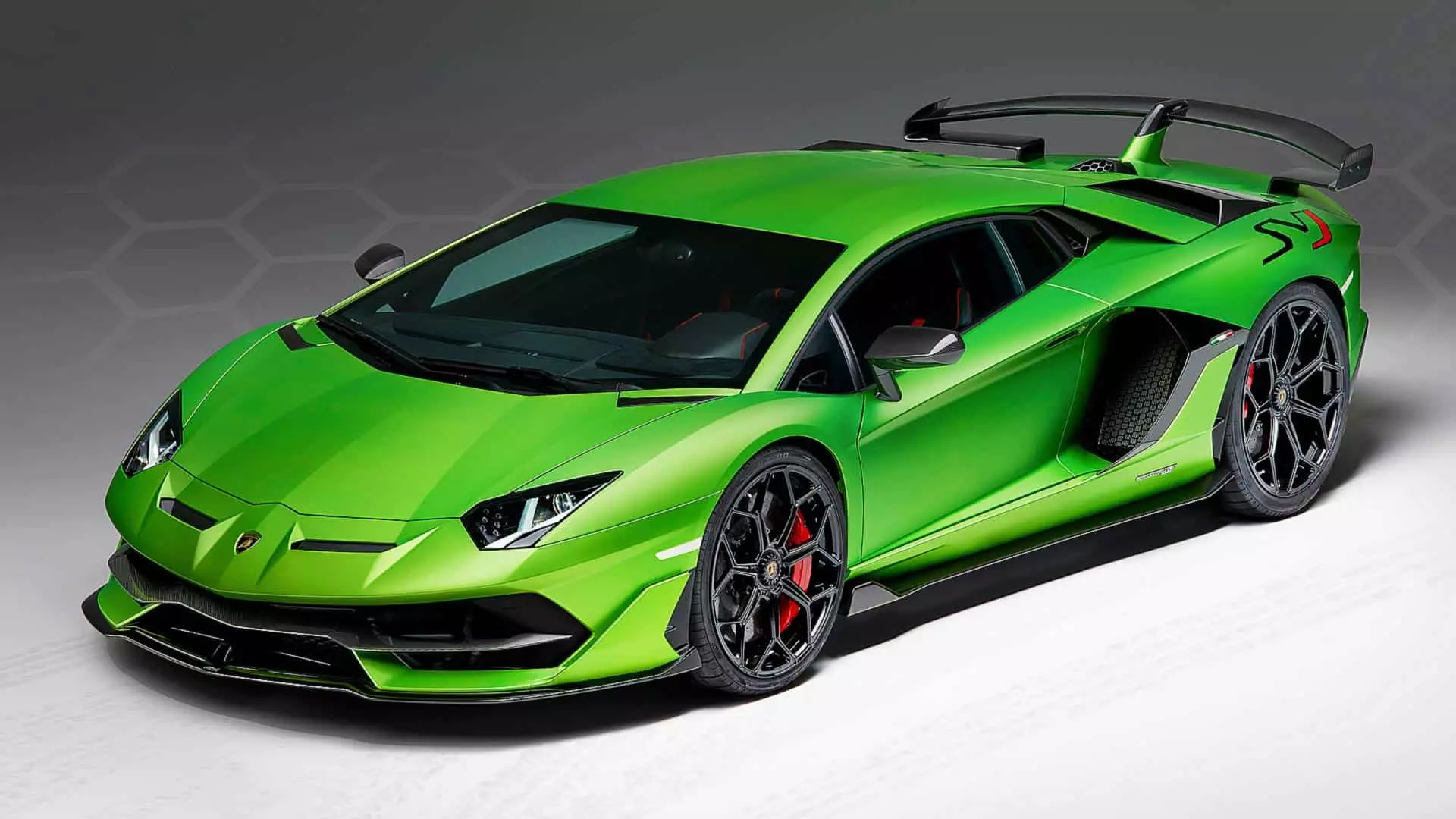At first glance, Lamborghini’s foray into the metaverse appears to be an audacious stroke of marketing genius. The brand, renowned for its iconic supercars and timeless craftsmanship, now seeks to cast its influence into the sprawling digital universe. By announcing its partnership with Wilder World and launching digital replicas of its latest models—the Temerario and GT3—Lamborghini boldly positions itself at the crossroads of luxury and cutting-edge virtual technology. However, underlying this shiny veneer is a complex question: is this virtual expansion a genuine evolution or just another marketing fad? When a storied automaker places its prestige in an increasingly volatile and speculative digital realm, we must critically ask whether this move reflects innovation or desperation cloaked in flash.
Does Virtual Replication Add Real Value?
The promise of a “digital twin”—a virtual counterpart of physical vehicles—sounds revolutionary but is fundamentally superficial if it doesn’t translate into meaningful engagement or revenue. While the concept of activating and utilising NFTs for immersive racing and gaming experiences is impressive on paper, it risks becoming just another ephemeral novelty. The reality is that most consumers—especially those who cherish physical craftsmanship—may find little purpose or utility in digital collectibles unless these experiences integrate seamlessly into their everyday lives. Creating limited-edition NFTs is a strategic maneuver, but ultimately it may only appeal to a niche elite or collectors rather than the broader audience Lamborghini relies on. For many, these digital assets could become mere status symbols on social media rather than integral parts of a sustainable brand ecosystem.
The Overhyped World of the Metaverse
Wilder World, powered by a consortium of tech giants and backed by industry juggernauts, epitomizes the current hype cycle surrounding the metaverse. Photorealistic graphics, interoperable NFTs, and a decentralized economy sound futuristic—but they also lack clear pathways to mass adoption. The metaverse remains a largely unproven environment, plagued with usability issues, skepticism about true utility, and questions about long-term engagement. Automobili Lamborghini’s involvement signals an opportunistic attempt to ride this hype wave, but without careful execution, it risks becoming just another digital vanity project. The emphasis on interoperability and blockchain-driven economies could be a double-edged sword, reinforcing exclusivity rather than broad accessibility—something that seems at odds with the inclusive, if somewhat aspirational, ethos of digital innovation.
A Center-Right Perspective on Innovation and Tradition
From a pragmatic, center-right worldview, the importance of tradition and tangible value should not be discarded in favor of hype-driven transformations. Lamborghini’s legacy lies in its precision engineering, craftsmanship, and tangible performance. Shifting significant resources towards a virtual extension risks diluting that legacy if it neglects its core strengths. While embracing new technologies is necessary, it should never come at the expense of authenticity or customer trust. The danger in blindly pursuing digital collectibles and virtual worlds is that it might alienate core customers who admire Lamborghini precisely because of its physical excellence. For a brand rooted in high-performance engineering, a credible digital strategy must supplement, not substitute, its core identity.
Gambling on Digital Hype—A Risky Proposition
The question becomes: is Lamborghini engaging in a sincere strategy or is it merely attempting to capture attention in a crowded digital space? The latter seems more likely. The luxury automaker’s plunge into Web3, NFTs, and metaverse collaborations resembles more of a fashionable stunt than a well-thought-out long-term plan. Unless these digital assets are linked to genuine experiences—such as exclusive real-world events, ownership benefits, or performance insights—they risk becoming hollow collectibles with fleeting appeal. Meanwhile, the underlying technology and platforms like Wilder World are still in their infancy, uncertain and untested terrain for a brand of Lamborghini’s stature. The risk is that such ventures could fade into obscurity or become entangled in the volatile world of digital speculation, ultimately distracting from the brand’s true value proposition—excellence in automotive design and engineering.
While embracing innovation is undeniably vital for any legacy brand, the strategy must be rooted in genuine value creation—not mere spectacle. Lamborghini’s metaverse ambitions, though impressive superficially, must be scrutinized carefully to determine whether they will truly elevate the brand or simply serve as shiny distractions. Historically, the most durable luxury brands have succeeded by emphasizing their craftsmanship and authenticity; in the digital age, this means integrating new technologies without losing sight of core principles. If Lamborghini’s digital experiments do not translate into meaningful consumer benefits and reinforce its prestige rather than dilute it, they risk becoming yet another fleeting fad—an expensive illusion of progress in an increasingly unpredictable digital landscape.


Leave a Reply